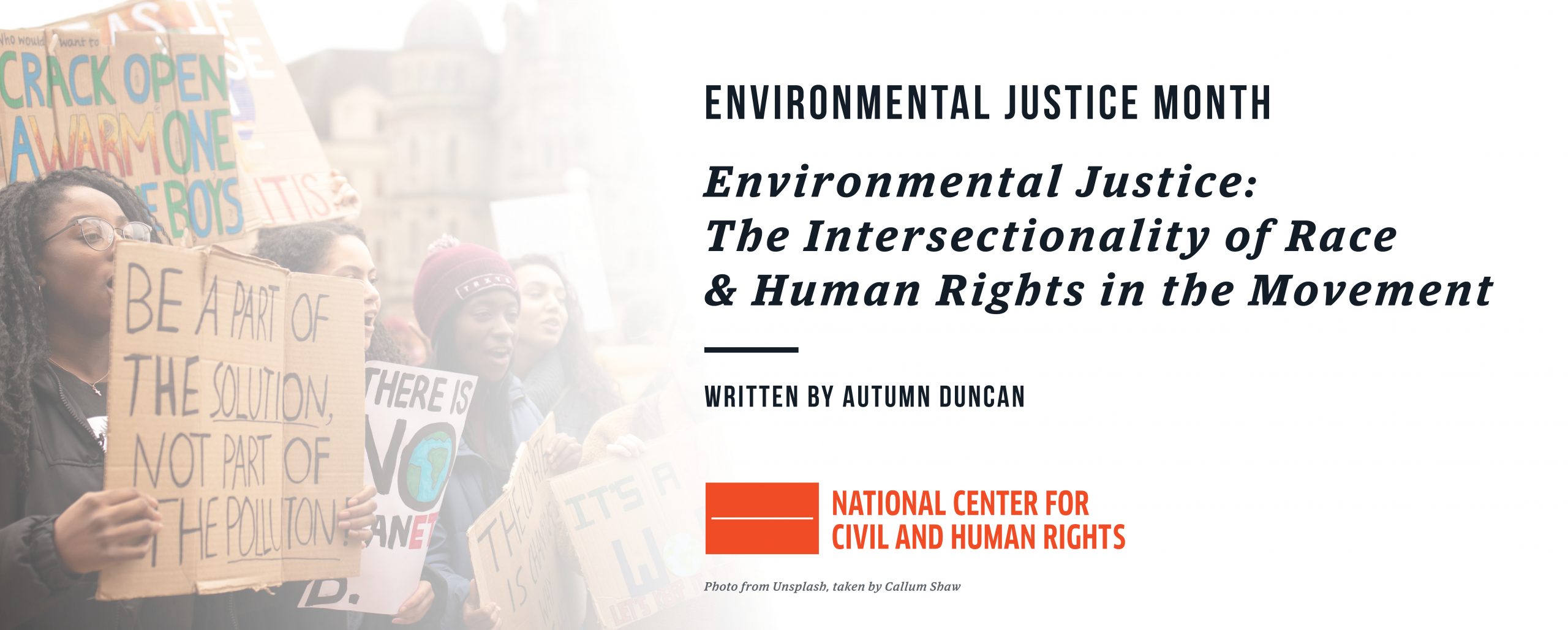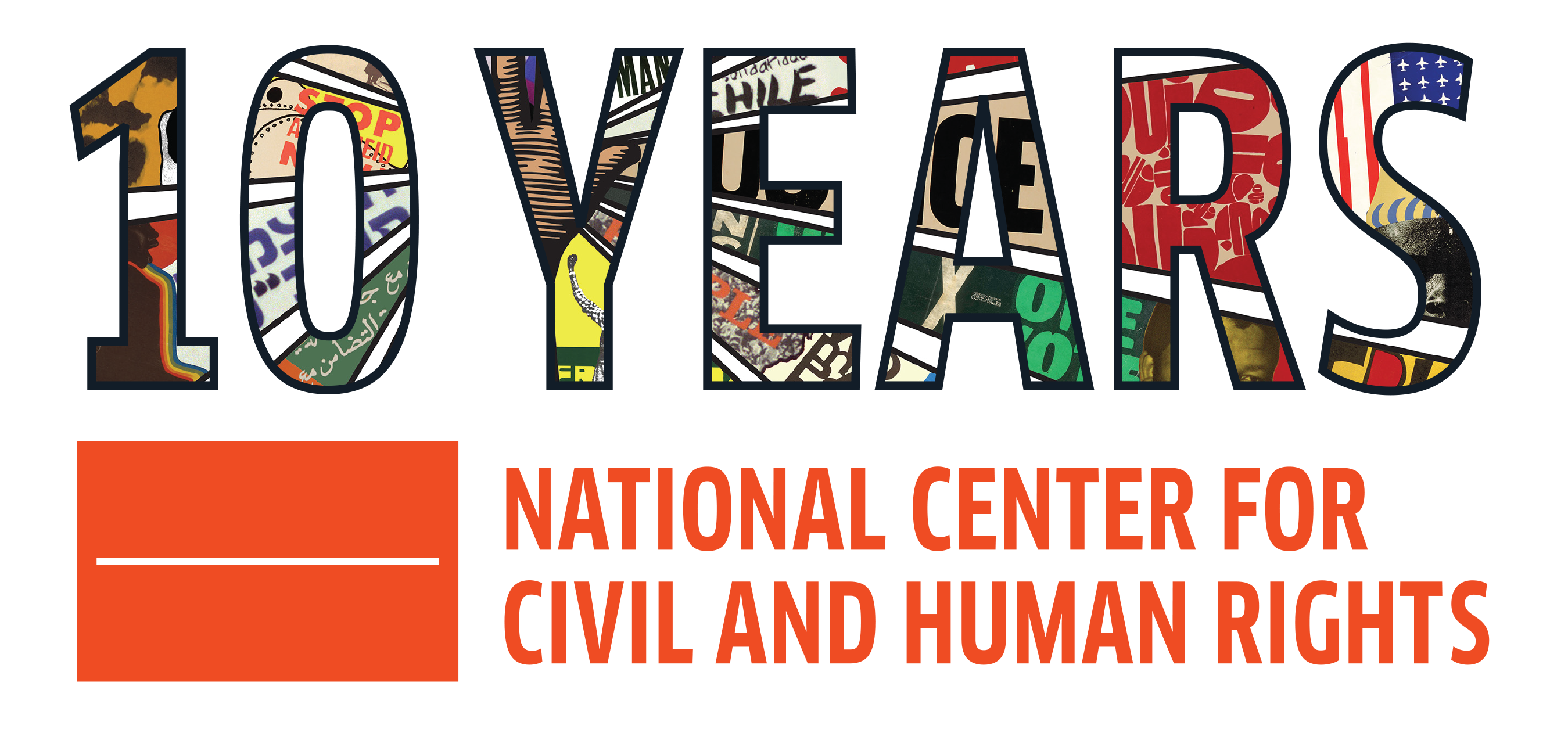Environmental Justice: The Intersectionality of Race and Human Rights in the Movement

This April, The Center is excited to spotlight race and human rights in the environmental justice movement. More than a focus on clean air and water, or climate initiatives, environmental justice strives to create and maintain a healthy environment for all people, regardless of background. Advocates for ecological equality (as the field is also known) use a range of civic tools to achieve their goals including regulations and policy enforcement, and resolution planning that is inclusive of all audiences. For communities of color, environmental justice is a continuous struggle as statistics show that environmental hazards disproportionately impact minorities.
Although the environmental equity movement has existed for more than 40 years, recently there has been a strong push to refocus efforts to improve conditions for at risk communities. Numerous crises continue to ravage low-income and minority areas around the nation. From the Flint, Michigan water crisis and Asthma Alley in the South Bronx to Cancer Alley in Louisiana, thousands of marginalized groups are experiencing adverse health effects due to a range of environmental ills that routinely plague low-income communities rather than wealthier areas: illegal dumping, chemical runoff, and other environmental pollutants.
Consider this:
- Research shows that more than half of the people who live within 1.86 miles of toxic waste facilities in the United States are people of color. (Commission for Racial Justice)
- 2% of African American children and 4% of Mexican American children are poisoned by lead, compared with 2.3% of white children. (Centers for Disease Control and Prevention)
- 3 out of 5 African Americans live in communities with uncontrolled toxic waste sites. (NCCJ)
Whether by systemic design or institutional subconscious bias, decisions that result in the disproportionate exposure of minority and underprivileged groups to environmental hazards or health burdens is environmental racism. If left unchecked, the proportion of minorities affected by ecological injustice will continue to rise.
Access to clean air, water, and a healthful environment are essential human rights. When specific marginalized groups are deprived of these fundamental rights, the offense is not just against these fundamental rights, but includes the abuse of discrimination as well.
Although several environmental organizations bring awareness and action to climate and environmental pollutants, few address the intersectional connection between low-income and minority demographics and the environmental injustices that plague their communities.
To achieve ecological justice, environmental organizations must be more inclusive in their policymaking. Rather than just providing a space for these issues, organizations must welcome, educate, empower, and support marginalized groups to address the problem. Inclusion of all people from all backgrounds in the work of environmental justice creates more diversity of thought, leads to greater innovation, and increases the capacity for change.
The intersectionality of environmental justice and human rights is only the start of the discussion. These issues also intersect with healthcare, equal pay, and economic justice. However, the change starts with acknowledging the problem and collaborating with all stakeholders to break down and reimagine the system.
Throughout the month, The Center will continue to highlight the challenges and triumphs of the environmental justice movement, and we invite you to join us on the journey!

